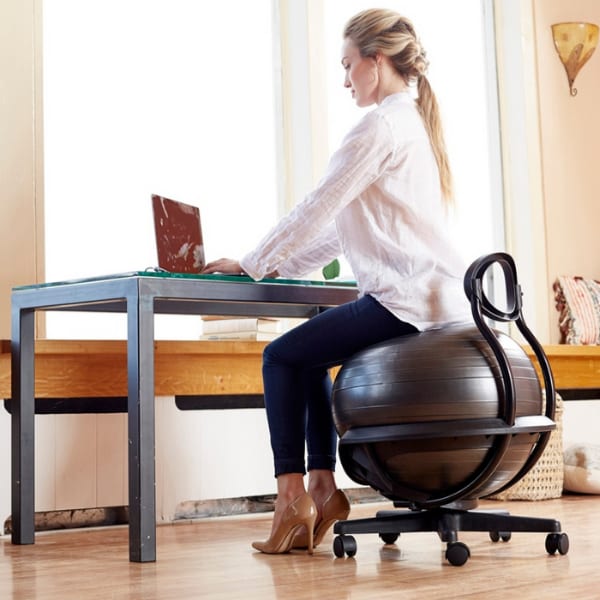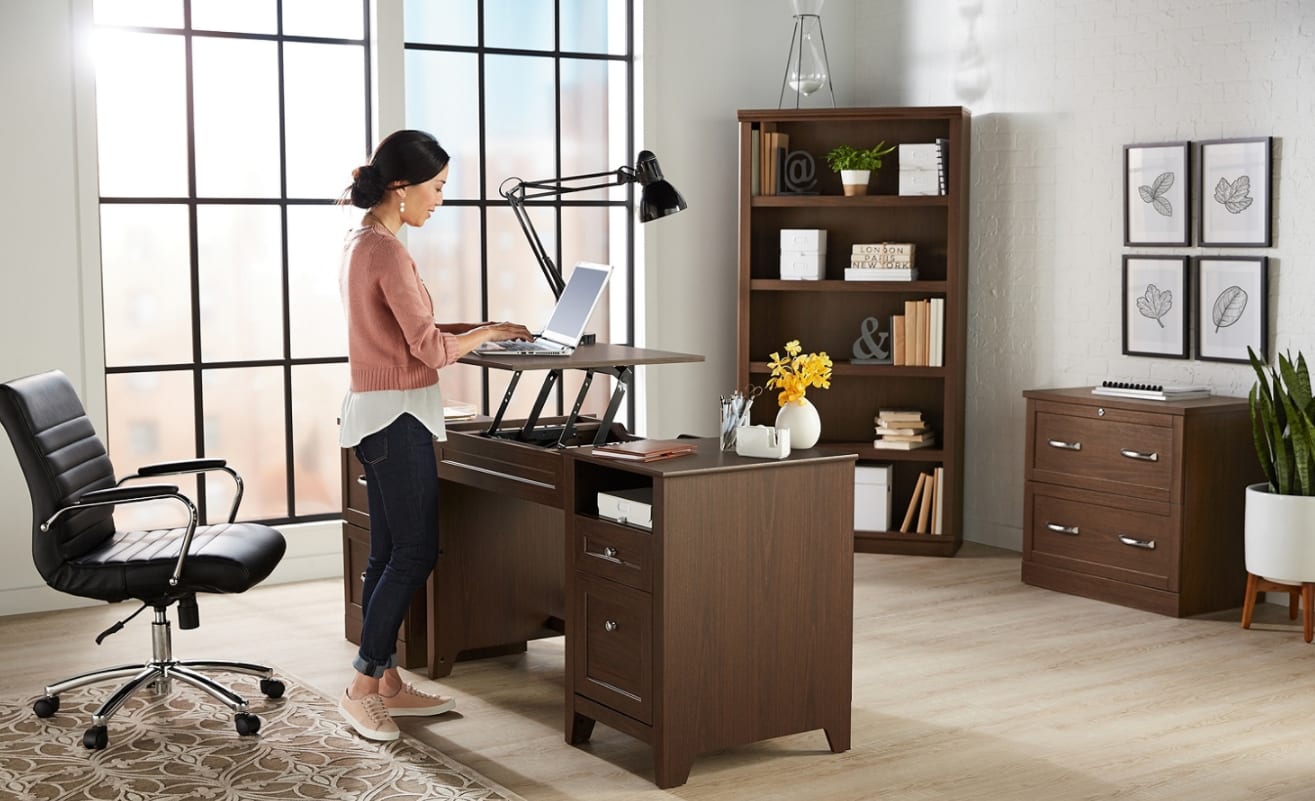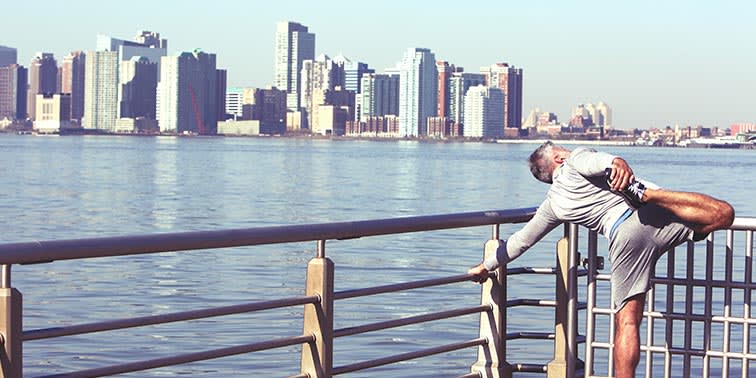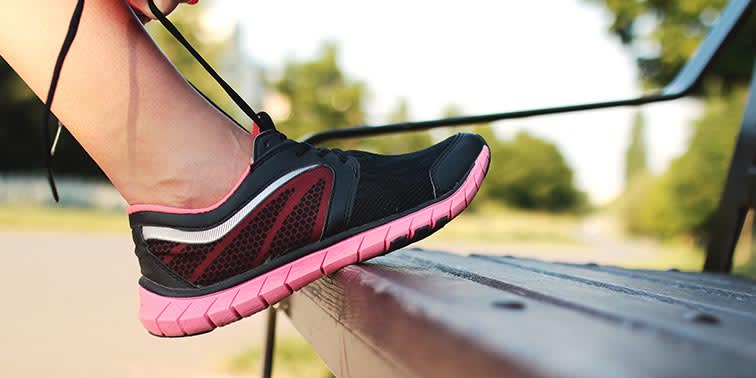Smart Ways to Stay Fit at Work
February 12, 2019
Work Smarter and Outfit Your Office with Ergonomics
Stretch Out
Stretching not only feels good, but it helps lengthen short, tight muscles when being stationary for too long. It sounds simple but stretching is one of the most overlooked and undervalued exercises. In general, sitting still all day is not a good idea. Periodic stretching allows your muscles to contract and relax and can promote blood flow throughout your body.
Keep in mind stretching is a sustained posture or position. Stretching must be done correctly to lengthen short or tight muscles. These are some general guidelines and stretches you can do at work. Try to hold each posture or stretch for 30-60 seconds or better yet hold until the stretch or pull subsides. This indicates muscle relaxation. Try not to bounce, do both sides, breathe and remember NO pain just a comfortable pull.
Staying active at work doesn’t have to be tasking. It can become second nature to your everyday workflow with a good ergonomic set up and incorporating a mini workout. A few small adjustments can make a big difference.
Note: The contents of this article are for information purposes only. The information does not constitute a medical consultation and cannot replace medical advice. Any information should never be used as a substitute for the advice provided by your physician or other health care provider. Before you start working out, you should get a medical checkup or otherwise be fit for this type of activity. It is important that you warm up and stretch before each workout, and that you use common sense while exercising: do not go over the top when exercising! If you experience any pain, feel weak, dizzy or exhausted or become short of breath, immediately stop your workout. There are many possible causes for physical discomfort. If you are experiencing persistent symptoms or symptoms that are severe enough to interfere with your job or personal activities, consider seeking medical assistance.

))
))









